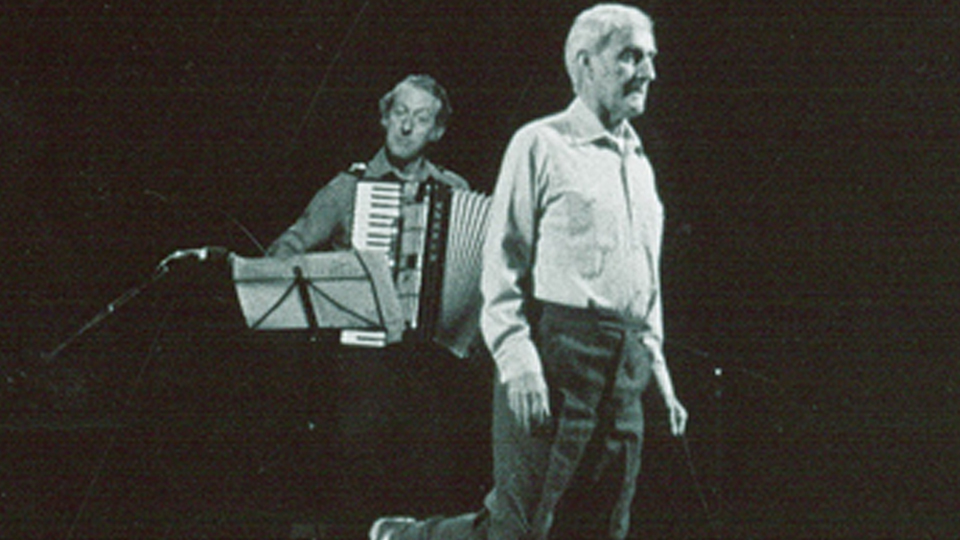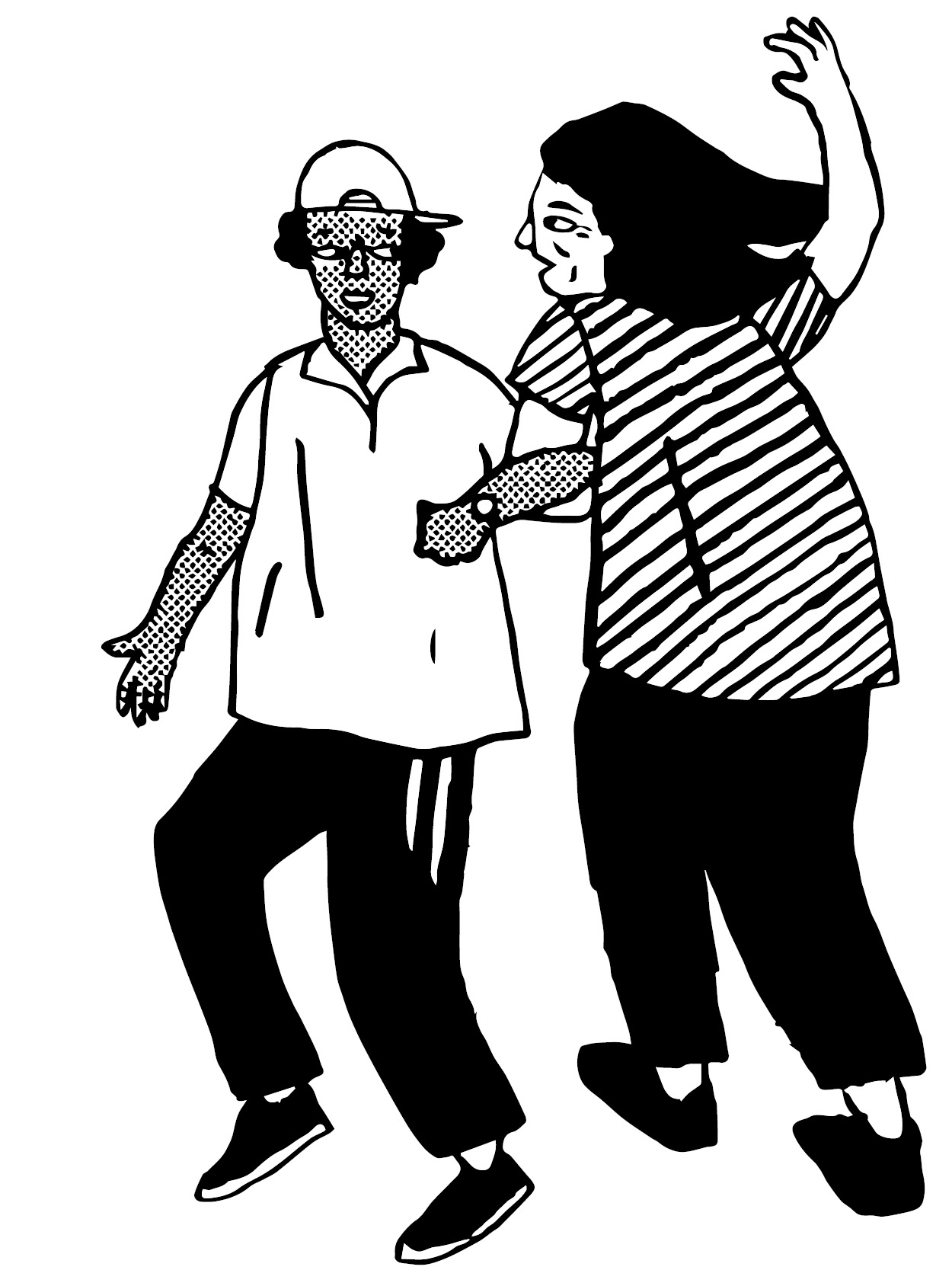Clog Dance
Where
Clog dancing developed into its most intricate form in the North of England, Lancashire, Yorkshire, Durham and the Lake District.
Clogs
English clogs are a shoe with a wooden sole (the bottom of the shoe) but a leather upper (top half). Until the 1920s they were the regular, everyday footwear for working people all over Britain. Because of the wooden sole they took longer to wear out than regular shoes and it was cheaper to replace the sole of the shoe with wood rather than leather. English dancing clogs are different to Dutch clogs or modern Crocs, they are tight and close fitting which allows the dancer a lot of control over the movements of their feet. English clogs with an iron or rubber protective layer on the sole are also worn for northwest morris.
Context
Clog dancing is a form of step dance. The main focus and skill of a step dancer is in their footwork and dancers can create many different types of sounds using their feet alone: Irish and tap dance are other examples of step dance. Clog dancing was often performed very casually, people would dance at home, in the pubs or in the street. Pat Tracey (1959) wrote this wonderful description of the everyday-but-smart clothing worn by clog dancers performing in the street in the early 20th century.
“For their performance the dancers usually wore their normal working clothes – brown fustian trousers, striped shirt with red muffler knotted round the neck, navy blue jacket and soft cap. They danced in their everyday clogs though these were usually somewhat lighter in weight than those worn by the majority of weavers...the street dancers normally belonged to a set of rather dandified working youths and the lighter clog was part of their accepted dress.”
In the 1800s clog dancing became a type of sport and competitions were popular. Like jockeys, dancers would perform in colours which would have made them easy to identify. Both men and women danced in breeches which would have allowed their leg movements to be seen. In the Victorian period clog dancing was a popular act in musical hall or variety shows, which were the predecessor to shows such as Britain’s Got Talent. Sometimes dancers would wear special themed costumes as part of their act. The famous comedian Charlie Chaplin started his career in music hall as a clog dancer. Over time clogs, and clog dancing fell out of favour to be replaced with lighter tap shoes, and different percussive stage dancing styles.
Clog dancers today wear many different types of clothes. Some wear costumes inspired by the northern workers who brought clog dancing to new hights of technical brilliance in the 1800s. Other modern dancers wear contemporary clothing and fashion, using items which can be purchased from high street shops. Still others have a specially made team costume which are designed to present a colourful team image for public performance.











